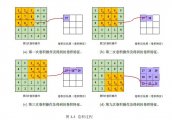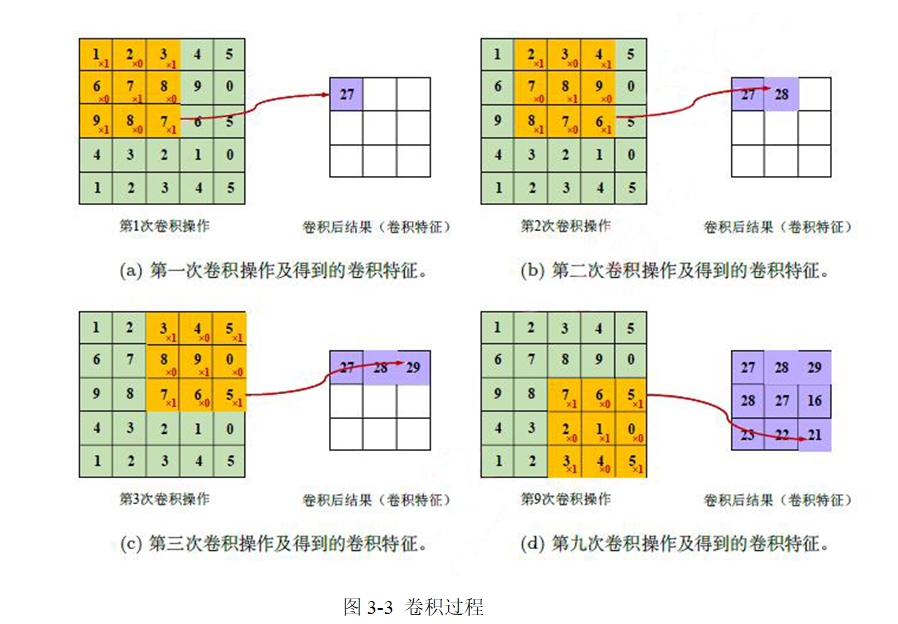基于卷积神经网络的人脸识别方法研究

基于卷积神经网络的人脸识别方法研究(论文16000字)
摘要
人脸具有独特的生理特征,几乎不可能找到两张完全一样的脸,即便是双胞胎也具有细微的不同之处,人脸由于这种独特性而广泛应用于生物识别上。研究人脸技术对于人们的日常生活、公共场所安全、身份识别等等许多方面都具有非常重要的意义。卷积神经网络以其权值共享和局部感受野这两个特点而出名,由于卷积神经网络能够对图像直接进行处理,其卷积-池化的多次迭代的结构能够准确的提取图像的特征并且大幅降低了计算量。因此,卷积神经网络广泛应用于人脸识别上,这种通过构造多层神经网络不断抽取人脸的低级特征并组合成高级特征的方法使得识别的时间大大缩短,准确性也有很大的提高。本次研究采用首先检测一张图像中是否存在人脸;并将检测到的人脸进行包括尺寸归一化、光照补偿、灰度化等预处理;构建一个包含两层卷积、两层池化和一层全连接层的卷积神经网络模型,并通过梯度下降法训练网络模型;使用训练好的模型对预处理后的人脸图像进行特征提取,将提取到的人脸特征送入softmax层进行分类完成人脸识别。本次研究采用了LFW数据集和ORL数据集检验人脸识别率以评价性能。实验结果表明:本文所使用的网络模型通过选择合适的阈值在LFW数据库上的准确率能够达到90%,并且由于其较简单的结构使得它相对于传统的大型VGG网络识别速度也有所提高。 [资料来源:http://Doc163.com]
关键词:人脸识别,人脸检测,卷积神经网络
Research on face recognition based on convolution neural network
Abstract
Faces have unique physiological characteristics, and it is almost impossible to find two identical faces. Even twins have subtle differences. Faces are widely used in biometrics because of this uniqueness. Convolutional neural networks are known for their weight sharing and local receptive fields, and are widely used in face recognition. This method of constructing multi-layer neural networks to extract low-level features of faces and combine them into advanced features The recognition time is greatly shortened and the accuracy is greatly improved. and the detected face is preprocessed by including method of size normalization, illumination compensation, grayscale, etc. Construct a convolutional neural network consisting of two layers of convolution, pooling and one layer of fully connected layers, and use the gradient descent method to train the network model to converge; use the trained model to extract the pre-processed face images. The extracted facial features are sent to the softmax layer for classification to complete face recognition. This study used the LFW dataset and the ORL dataset to test the face recognition rate. The experimental results show that the network model used in this paper can achieve 90% accuracy on the LFW database by selecting the appropriate threshold, and its recognition speed is also improved compared with the traditional large VGG network due to its simple structure.
[资料来源:https://www.doc163.com]
Keywords: face recognition, face detection, convolutional neural network
[资料来源:http://doc163.com]

目录
摘要 I
Abstract II
第一章绪论 1
1.1 人脸识别的背景及其意义 1
1.2 人脸识别技术的国内外发展状况 1
第二章基于Haar特征的人脸检测算法 4
2.1 人脸检测 4
2.2 基于Haar特征的Viola-Jones算法 4
2.3 其他人脸检测算法 7
2.4 实验结果 7
第三章卷积神经网络 11
3.1 CNN基本原理 11
3.2 基本结构 11
3.2.1 卷积层 11
3.2.2 池化层 13
3.2.3 激活函数 14
[资料来源:www.doc163.com]
3.2.4 目标函数 15
3.3 几个重要概念 16
3.3.1 局部感受野 16
3.3.2 权值共享 17
3.4 网络训练 18
3.4.1 训练原理 18
3.4.2 误差反向传播的过程 18
3.4.3 随机梯度下降法 19
第四章基于CNN的人脸识别方法 21
4.1 基于CNN的人脸识别方法的设计流程 21
4.2 环境介绍 21
4.3 人脸图像采集 21
4.4 图像预处理 23
4.4.1 尺寸归一化 23
4.4.2 图像灰度化 24
4.4.3 光照补偿 25
4.4.4 高斯平滑 26
4.5 人脸特征提取 27
4.6 基于CNN的人脸识别方法 28
4.6.1 模型搭建 28
4.6.2 人脸识别模型训练 30
4.6.3 人脸识别模型检测 33
4.7 对比实验 37
4.8 本章小结 40
第五章总结与展望 41
致谢 42
[资料来源:Doc163.com]
